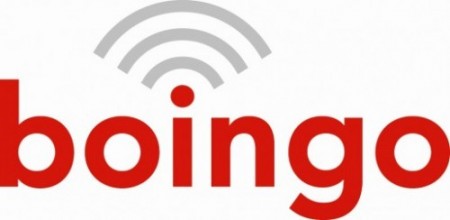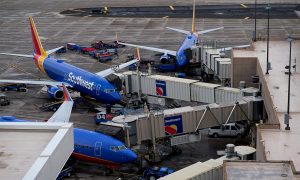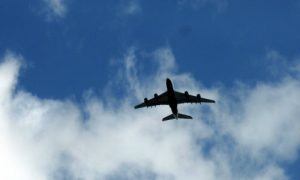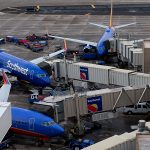There’s a word you now need to know about wi-fi at the airport: freemium.
These days, travelers expect Wi-Fi to be robust enough to handle their myriad devices — and it must be free. But that doesn’t mean you’ll get it without a sponsor weighing in.
“Wi-Fi has gone from a novelty to an amenity to an operational tool, and different audiences use that infrastructure in different ways,” said Marc Patterson, vice president of product management at Boingo. It’s the Los Angeles-based technology company that provides wi-fi service to more than 1.5 billion customers a year, in places that include airports.
You’ve probably noticed in the past year that numerous airports offer what’s advertised as free wi-fi, but you aren’t able to access it without watching an ad from a sponsor. Some airports limit the service to 30 minutes at a time, before you’re bumped off and have to watch the ad again in order to get back on.
This is called “freemium” wi-fi, and it’s one of three primary iterations of airport wireless connections (more on that below).
Some travelers have huge expectations with airport Wi-Fi, said Patterson. “They want to be able to do things like download a movie or stream an HD video right before their flight,” he said. “But the airport has to look at its Wi-Fi investment as a combination of satisfying customers and meeting their operational needs.”
Recent research claims that the average business traveler carries about three devices with them when they travel (for instance, a phone, tablet and laptop). With the demand by business travelers for high-performance Wi-Fi in airports, those facilities are keen to take on ways to improve it, said Patterson.
“So we’re seeing one kind of service that offers free Wi-Fi, but airports are also offering a faster service for those who want to pay a premium,” he said. “And it’s important, because airports are paying much more attention to Wi-Fi as an amenity.”
These days, the more airports and other venues can tie content to class of service, the better they can address different audiences with different expectations, he added.
Boingo says it provides wi-fi connections at more than 1 million hotspots around the world.
“All of our airports, in some way, shape or form, have a form of the fremium model,” he said. Here are the different versions:
- Ad supported. Said Patterson: “They get a free session for watching an ad or downloading an app. It works well for advertisers and airports because it allows travelers with a free experience in a benign way so they’re not overloaded with ads.”
- Hourly or day pass. The middle tier is for those who want Wi-Fi with speed for a short time, said Patterson. The passes give them “a solid amount of bandwidth to do downloads.”
- Subscribers. These tend to be business travelers using multiple devices to get the kind of streaming experience they expect when they’re not traveling.
These variations show that airports are evolving with their thinking, said Patterson. “Just as it’s important to add things like electric outlets, Wi-Fi has to be more industrial grade,” he said. “And they want to use these Wi-Fi networks for better capacity at faster speeds to allow users to get more content and provide more operational functions, and we have a commitment to continue to drive that.”
STORY IDEAS
Airports Council International-North America Operational Wifi Webinar – PRESENTATIONS and RECORDINGS
***
Benét J. Wilson is co-editor of AirwaysNews.com and blogs at AviationQueen.com. She has been an aviation/travel journalist for more than 20 years. Follow her on Twitter @AvQueenBenet











